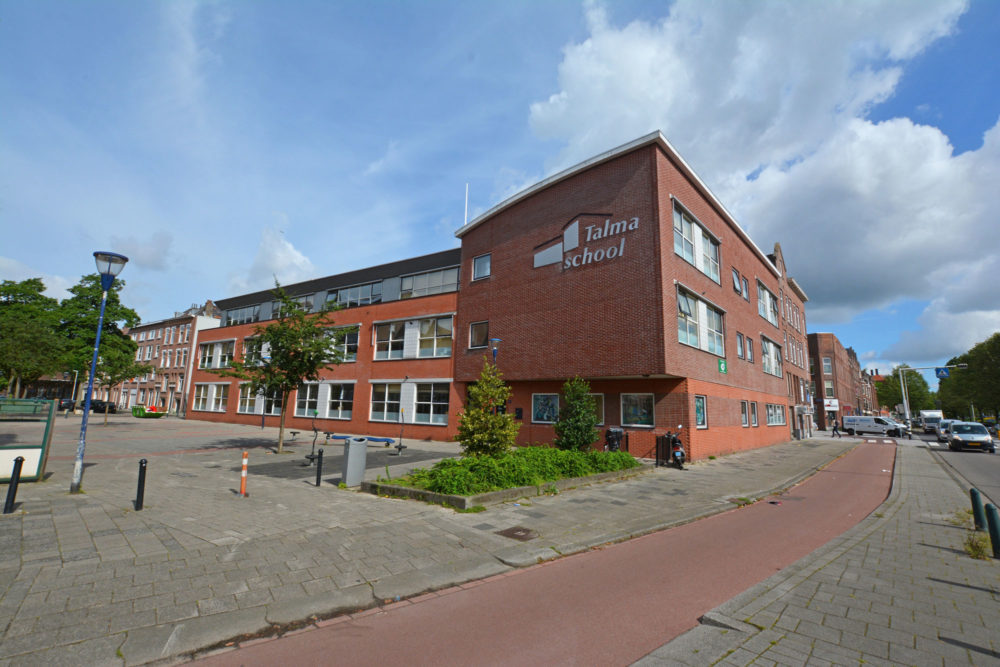Students demonstrate their gifted skills

The A.S. Talmaschool in Rotterdam has a separate department for gifted children: Quadratum. The principal and teachers of this department do not want to focus only on what children should know and be able to do according to CITO. So they set out to find a system in which they could map student skills. They discovered Simulise: a platform on which students build a portfolio and where they can gain insight into skill development. External consultant Janneke Breedijk and director Bert Wierenga talk about why they think skills education is important and why they chose Simulise.
Quadratum consists of six groups in which gifted children receive full-time instruction. To ensure continuity, the school engaged giftedness specialist Janneke Breedijk. She guides the school in the development of education and coaches teachers as needed.
Skills Education
Previously, the school worked with a goal list on which a student could indicate what he wanted to work on. “We wanted to link goals and skills to assignments,” Breedijk says. “When a child has worked with others on a piece of work, you can say afterwards, “You need to work better together.” But what should a child do differently? And what does it need to work on? To be more aware of this, we work with the Goals for Development of the SLO. There is a poster in every classroom at Quadratum showing these goals. Together with the teacher, a student decides what goal to work with, or they look together at what goals to attach to an assignment.
Simulise
Next, the school began looking for a digital system in which to record skills development. They ended up with Simulise. ‘In Simulise you can do two important things: build a portfolio and track the development of skills. This way you can easily link skills to an assignment. An additional advantage is that the ready-made rubrics in Simulise largely correspond to the SLO rubrics.
Director Bert Wierenga also saw potential in Simulise. ‘With Simulise, you complete the picture you have of a child. You can see exactly what a student can already do and what a logical next step might be. That makes it a student tracking system and not a student tracking system. We prefer to look at opportunities for further development rather than “shortcomings” of a child. Furthermore, I like that you can also place your own rubrics in Simulise. Our students regularly work on a personal goal. For example: how can I present something in such a way that what I want to say comes across well. The teacher can then create a rubric together with the student and place it in Simulise.’
Portfolio
In Simulise, you can build a portfolio that you will carry with you all your life. Wierenga also sees that as a plus. ‘Children don’t stop developing when they leave Quadratum. The portfolio is preserved and in Simulise they can create a wonderful competency profile that they can show at a potential internship or advanced training program. As a result, Simulise is a great fit for lifelong learning.
Ownership
‘Children manage Simulise themselves. The ownership lies with them – that suits gifted children well,” Wierenga believes. ‘They themselves can invite people to watch or assess a skill with a rubric. That could be the teacher, but also a parent or a sports teacher. But actually I think this system is suitable for all elementary schools. Especially now that elementary school are paying more and more attention to the development of 21st-century skills.’
Each student sits down with a teacher once every two weeks. ‘Then we reflect on the goals and look at next steps.’
Training
Breedijk and Wierenga tried the platform extensively in a demo environment. But before the school actually starts using it, the team is trained by Simulise. Wierenga: ‘We want all teachers to become familiar with Simulise and get to know all the possibilities. That is why we are organizing a study afternoon and a trainer from Simulise will come and show us around. Then everyone will know how it works!’

